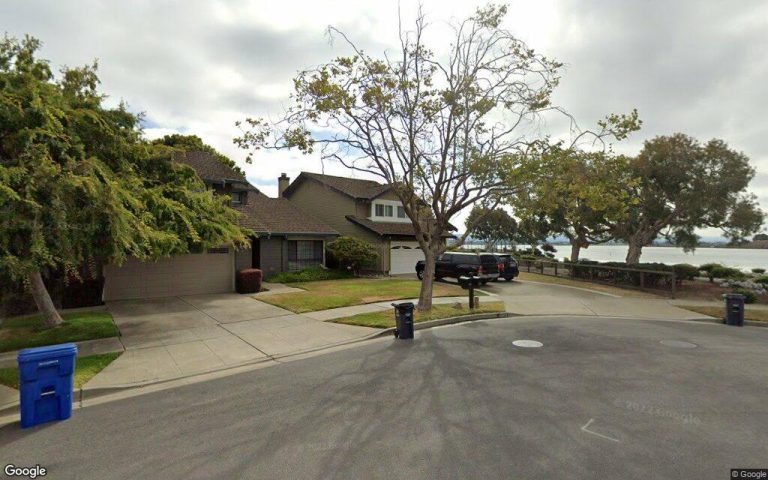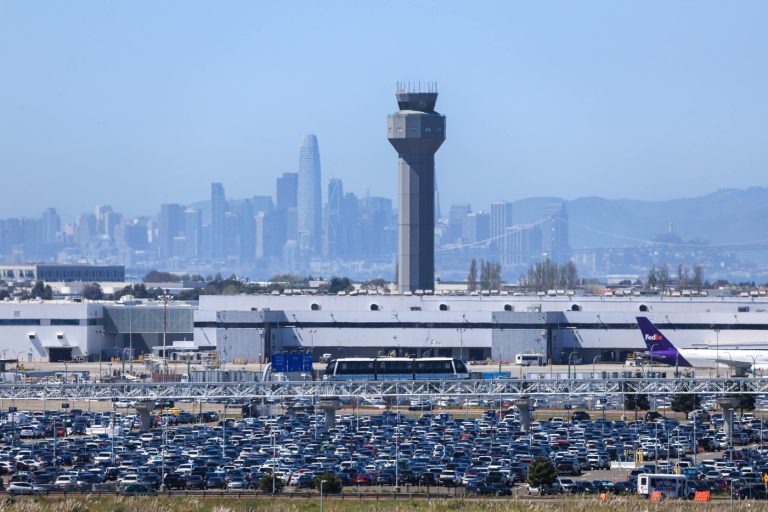It’s not hyperbole to declare that California’s most serious economic, social and political issue is its chronic shortage of housing, particularly for families in the lower income brackets.
As the yawning gap between demand and supply, especially in urban areas, pushes costs upward, it drags down the economy by discouraging investment in job-creating businesses; it drives employers and their workers to other states where they can afford housing; it fuels the nation’s highest level of functional poverty and it’s the major factor in California’s worst-in-the-nation homelessness.
The state has pushed local governments to reduce impediments to housing construction, setting a goal of 2.5 million new units over the current eight-year planning cycle, or an average of more than 300,000 units a year, “and no less than one million of those homes must meet the needs of lower-income households.”
At best, California’s private and public housing developers are meeting a third of that goal, and the recent trend is downward. The state budget notes that in 2023 residential permits declined by 2.9% from 2022 to about 110,000 permitted units, and it projects that while single-family housing construction will probably pick up this year, multifamily units are expected to contract 5.5%, the largest annual decline since 2020.
The budget cites high interest rates, imposed by the Federal Reserve to combat inflation, as a major factor in the state’s stagnant housing picture. But inflation itself — the rising costs of building materials and construction labor — also is a problem, as is the tangle of red tape that projects must endure.
A project now underway in downtown Sacramento, just a couple blocks from the state Capitol, illustrates how high development costs affect supply. The decrepit Sequoia Hotel, originally built in 1906, is being transformed into 88 tiny units of housing — 150 square feet each — for homeless people, at a total cost of $50.1 million, with most of the money coming from the state. That’s nearly $600,000 per unit, more than enough to buy a detached single-family home in one of Sacramento’s middle-class neighborhoods, and close to $4,000 a square foot.
Sacramento is by no means an isolated example of the eye-popping costs of building housing for low-income Californians.
A similar project in downtown San Francisco, converting a fire-damaged building into 35 low-rent apartments, is costing a million dollars a unit, the San Francisco Chronicle revealed this week.
“Just five years ago, the cost to build affordable housing in San Francisco was only about $740,000 a unit, according to the Bay Area Council Economic Institute. But these days units are clocking in at $1 million or even higher, prompting the question of what can be done to bring down costs,” the Chronicle reported.
What indeed?
Governmental projects, such as those in Sacramento and San Francisco, tend to have the highest costs because they must include all sorts of mandates, such as union-scale labor, and they depend on a pastiche of financing sources.
Related Articles
Newsom orders California officials to ramp up homeless sweeps just weeks after Supreme Court ruling
California homebuying: Collapse? Crumble? Or crash?
California homeowners sue FAIR Plan, state’s insurer of last resort, over smoke damage coverage
Bay Area builders say city impact fees hinder new housing. A recent Supreme Court ruling may give developers more power to fight them.
Housing shortage has led South Bay farmworkers to live in desperate conditions; a new bill aims to help change that
Private projects that needn’t follow those mandates can be done much less expensively, particularly if they consist of modules that have been assembled in factories and then joined together on the site. However, construction unions bitterly oppose such innovations and flex their political muscles to minimize their use.
A new $50 million housing fund created by Apple and private philanthropists will only finance projects that meet strict cost limits — less than $550,000 for studios and less than $700,000 for larger units. That’s still a lot of money, but it’s a step in the right direction.
California will never solve its housing crisis if it doesn’t get more — much more — bang for its bucks.
Dan Walters is a CalMatters columnist.












